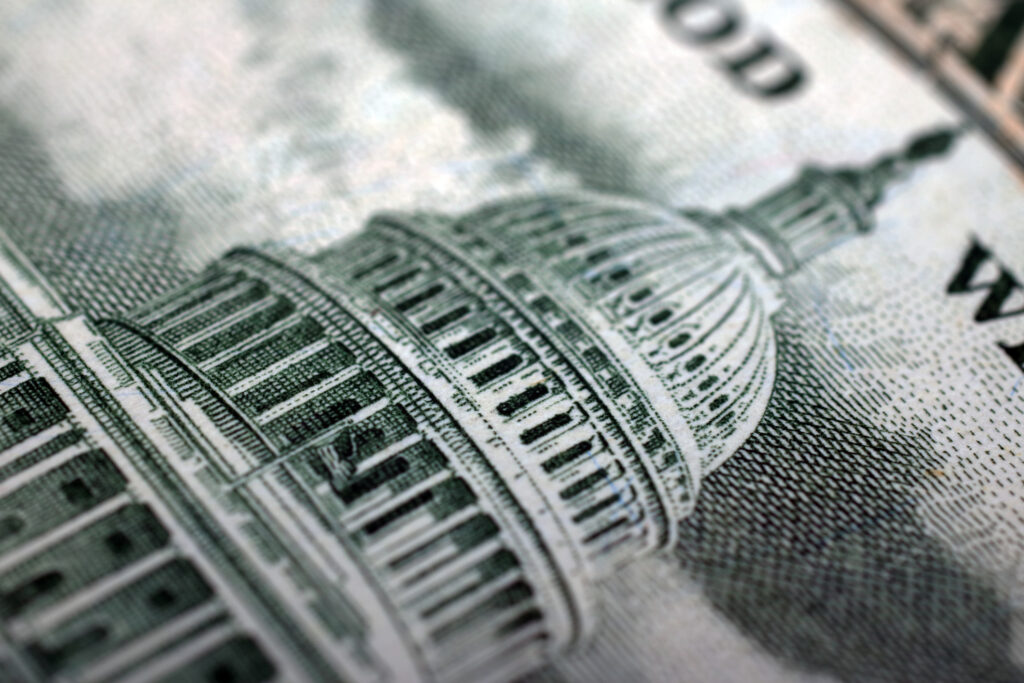The Dearth of Digital Ad Spending In ’22 May Be Greatly Exaggerated

Media buyers looking back on 2022 are noticing a huge problem: the lack of digital reporting requirements left many of their clients flying half-blind.
On the one had, the complete lack of public disclosure requirements for campaigns’ digital advertising — other than the voluntary “libraries” some platform companies publish — may have caused some media trackers to publish misleading findings, which in turn led some observers, C&E included, to question why digital ad budgets faded so dramatically in ’22. But perhaps more importantly, it may be stifling electoral competition by effectively tying one hand behind the back of media buyers.
“We really have no idea how much was spent in 2022 because of the lack of disclosure among digital platforms and bad information coming from the sources that try to estimate it,” Lauren Richards, a partner and digital director at Democratic shop Sage Media Planning & Placement. “We know everyone is spending more on digital, but we are executing media strategies with only half the information we need.”
Kantar estimates that campaigns spent $1.2 billion on Facebook/Google — a $300 million increase over 2018 — and $1 billion on OTT/CTV versus $4.4 billion spent on broadcast TV, and $1.4 billion spent on cable/satellite TV. Including the $250 million that went up on radio, the cycle saw a total of $8.25 billion spent, according to the media tracker.
This lack of actionable data stands in stark contrast to what has become a flood of data informing strategy around other types of media placements. In fact, Adam Wise, SVP at GOP shop National Media Research, Planning & Placement, believes we’re now living through a historic moment for his area of the industry.
Making a comparison to how statistical analysis changed Major League Baseball scouting, he said: “There really is this Billy Beane ‘Moneyball’ [moment] in media buying where you can truly be smarter than somebody else.” Ultimately, that means solving for the reach-versus-frequency problem and hitting the right number of people with the right number of ads in order to be effective (as opposed to too small a group with too many spots). But that requires exploiting the right data.
“We are sitting at this moment in media buying where it is very easy for a bad media buyer to light money on fire,” Wise continued. “There are more cohorts that are more disconnected than they have ever been in media history. You can’t just buy impressions to reach people. It’s a world that is radically different than it was a few years ago.”
Looking at the overall results of 2022 is what reinforces Wise’s view of why media buying needs to change. He notes that only seven incumbents lost their House seats to challengers in what was supposed to be a wave year for Republicans. “I definitely think there were a lot of races that could have been won with better mechanics,” he said.
Still, Wise admits that better buying can only take a campaign so far. “There’s only so much you can defy the odds. If you’re going up against a six-to-one spending advantage, there is a limit to how far you can take data. I can run faster than somebody else with data, but can I run six times faster?”
To help explain the results of the midterm cycle, he points outside his wheelhouse to note a long-held truth that incumbents who had a fundraising advantage were too tough to beat in November — especially for Republican challengers who emerged from competitive primaries, in some cases in August, who then had to fundraise to match incumbents who had years of maxing out their contributors.
“This year was a year that showed the value of incumbency,” he said. “Incumbents could not be smart [with their media budgets] and still win.”
